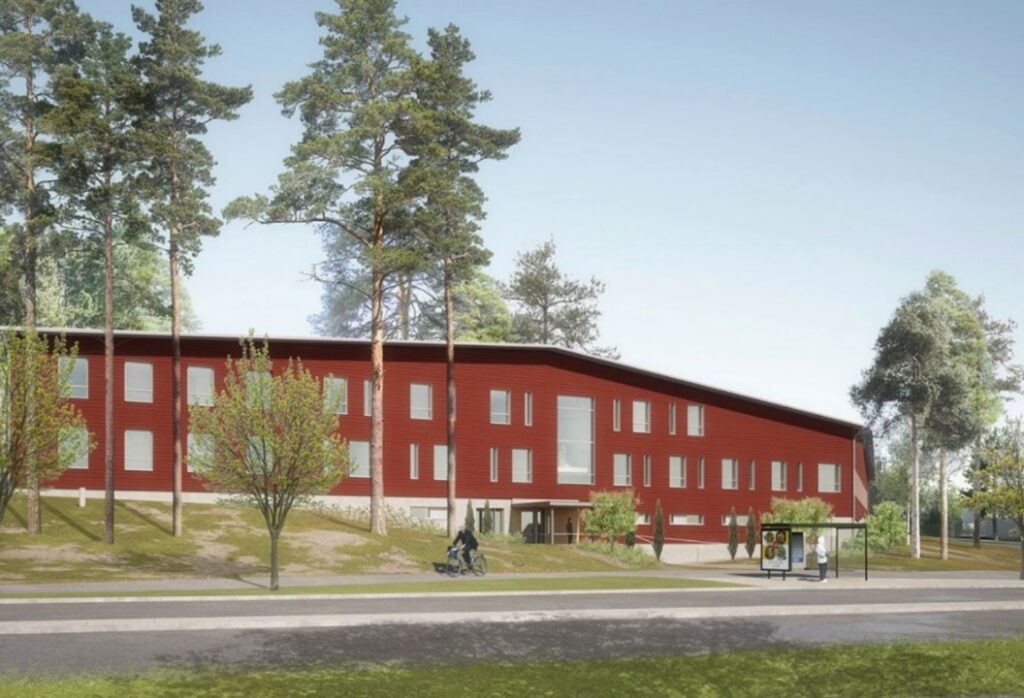As in most other countries, we have a rapidly growing elderly population in Denmark, and there is a shortage of care home beds across all the municipalities. It is estimated that somewhere between 10,000 and 14,000 extra care home beds will be needed by 2030.
2023 marks the 8th anniversary of the revised private care homes legislation. The start has been relatively slow. Today, there are approx. 60 private care homes in Denmark, and just half of the country’s municipalities – 47 out of 98 – has a private care home.
Why haven’t we seen a more rapid development?
For many years, the unique Danish welfare system has guaranteed elderly a municipal care bed. The purpose of the law was to increase competition and to give elderly a choice between public and private care homes. However, various hurdles have limited the growth of this new market:
Municipal readiness
Through the local planning process, the municipality has the decision-making power to determine if there is a need to establish a new aged care home in its district. In the process, the municipality also decides on the setup of the care home – municipal or private – and some municipalities have been more open to introducing private aged care homes than others.
Municipal care bed rates
If the municipality selects a private setup for a planned care home, the municipality will calculate the costs to operate a municipal aged care bed. The private provider will be paid the same price by the municipality to operate the private aged care bed. In some cases, private operators have backed out of opportunities because they have not found the offered municipal payment levels to be sustainable.
The market structure of operators
With less than 10 private aged care home providers operating in Denmark, the sector is still quite small. Approx. 50% of the operators are non-profit. The rest are for-profit operators, either local family-owned businesses or Swedish listed companies.
Many municipalities have had a preference for the non-profit providers. However, non-profit providers are not geared for rapid growth given their structure and resources. This has slowed down the market development.
The project timeline
A fourth factor is the entire timeline from the first municipal discussions and to the building is completed and the care home can open the doors to its residents. In average, this process takes 4-5 years and therefore, it is necessary to look at the sector growth from a long-term perspective.

Altiden Holte was acquired by Northern Horizon for Aged Care Fund IV in March 2023 in the largest ever care home transaction taking place in Denmark. The acquisition included six care homes, two kindergartens, and 23 senior living units.
Will the market grow faster now?
With the increasing need for aged care homes and limited budgets, Danish municipalities are looking at new ways to do things. Today, around 25% of the municipalities have concrete plans to establish a private aged care home.
And if we look at the newly established aged care homes, approx. 30% are actually private care homes, while 70% are still municipal. This indicates a change of pace.
In addition, plans for reforms and new framework conditions in the welfare area have also been announced at government level. However, we have yet to see the legislative proposals.
Today, around 25% of the Danish municipalities have concrete plans to establish a private aged care home.
In the very short term, however, the real estate market is characterized by uncertainty, which also affects healthcare real estate. Due to rising interest rates and the risk of further increases new projects are dropped, postponed or temporarily put on hold. The increased costs for construction materials are also a challenge because they cause a significant rise in the total development costs, which are already higher in Denmark compared to for example, the other Nordic countries.
In the longer term, however, we clearly expect to see far more private care homes in Denmark, and as an investor we have a strong focus on the Danish market.
At the beginning of 2023, we expanded our Danish portfolio with six private care homes acquired from NREP, and for us this was just the start in Denmark. We strongly believe that we will see a growth in the number of aged care homes and also new for-profit operators.










